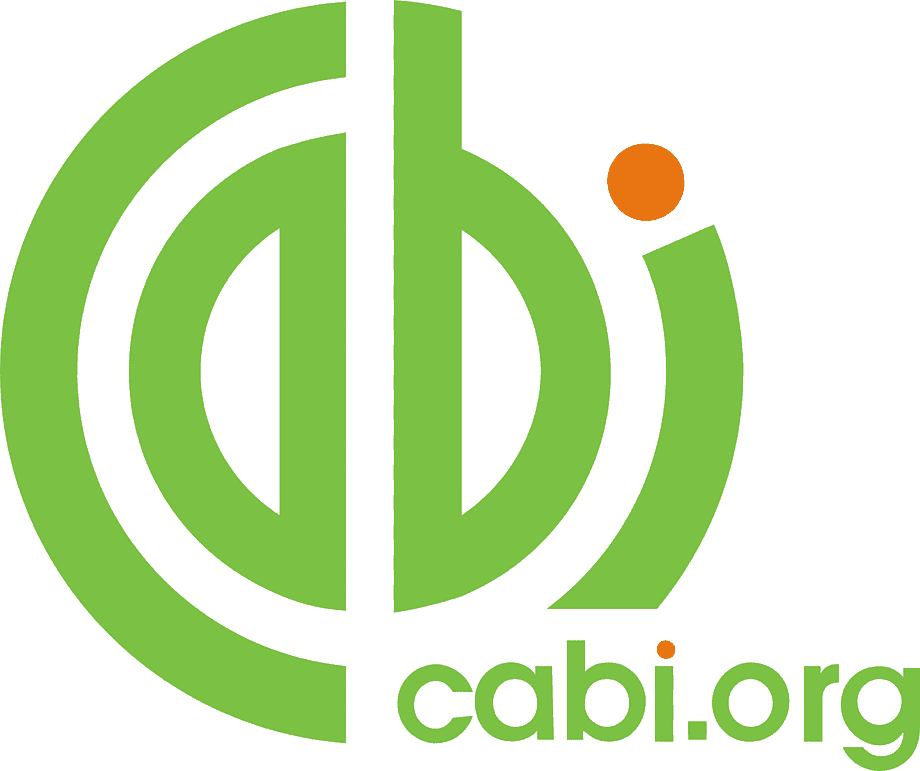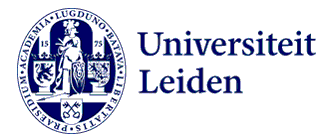Dinamika Populasi Ternak Kambing Lakor di Kecamatan Lakor Kabupaten Maluku Barat Daya
The Population Dynamics of Lakor Goat Livestock in Lakor, Southwest Maluku Regency
DOI:
https://doi.org/10.46549/jipvet.v12i1.287Keywords:
Lakor goat, Livestock input, Livestock output, Input ternak, Kambing lakor, Output ternakAbstract
Abstract
This study aims at determining the population dynamics of the Lakor goats raised traditionally by the local community in Lakor District, Southwest Maluku Regency. This study was carried out in Lakor for approximately one month from November to December 2021. The selection of the research location was through purposive sampling. In collecting the data, the researchers applied direct observation (survey), interviews with the breeders using a questionnaire, and documentation. The collected data were in the form of primary and secondary data. In this study, the research variables were the population structure of the Lakor goat, livestock input, livestock output, and natural increase value. The data in this study were tabulated and analyzed using descriptive statistical analysis by utilizing a frequency table and being represented in percent (%). Results showed as follows. Based on the education level of Lakor goat breeders, those who had elementary education reached 46.67%, those having junior high education reached 21.67%, and those having senior high education reached 25.00%. Meanwhile, based on the population dynamics of Lakor goats, the percentage of kid male Lakor goats was 22.96% and that of females was 34.24%, the percentage of adolescent male Lakor goats was 11.06% and that of females was 13.99%, and the percentage of adult male Lakor goats was 8.42% and that of females was 9.32%. Moreover, the input of Lakor livestock was 28.67% from births and 9.88% from purchases. Furthermore, the output of Lakor goats was 6.54% death, 6.96% slaughter, and 14.61% sales, and Natural Increase 22,13%.
Keywords: Lakor goat; Livestock input; Livestock output.
Abstrak
Penelitian dilakukan dengan maksud untuk mengetahui dinamika populasi budidaya ternak kambing Lakor yang dilakukan secara tradisional oleh masyarakat peternak di Kecamatan Lakor Kabupaten Maluku Barat Daya. Penelitian dilaksakanan di Kecamatan Lakor selama kurang lebih bulan yakni November hingga Desember 2021. Penetapan lokasi penelitian dengan menggunakan metode purposive sampling dan pengamatan langsung (survei) pada lokasi dan menggunakan kuesioner sebagai alat bantu untuk mewawancarai para peternak. Tekni pengambilan data penelitian menggunakan tekni observasi, wawancara dan dokumentasi, data penelitian yang dikumpulkan yaitu data primer dan data skunder. Variabel penelitian yaitu struktur populasil kambing Lakor, input ternak, output ternak dan Nilai natural increase. Data hasil penelitian ditabulasikan dan dianalisis menggunakan analisis statistik deskriptif dengan menggunakan tabel frekuensi yang dinyatakan dalam persen (%). Hasil penelitian bahwa tingkat pendidikan peternak kambing Lakor yaitu SDN mencapai 46,67%, peternak dengan pendidikan SMP mencapai 21,67 dan SMA mencapai 25,00%. Sedangkan data dinamika populasi ternak kambing Lakor bahwa persentase anakkan kambing Lakor jantan 22,96% dan betina 34,24%, persentase kambing Lakor mudah jantan 11,06% dan betina 13,99%, dan persentase kambing Lakor dewasa jantan 8,42% dan betina 9,32%, Input ternak Lakor berasal kelahiran 28,67% dan pembelian 9,88%, output ternak kambing Lakor yaitu kematian 6,54%, pemotongan 6,96% dan penjualan 14,61%, dan nilai Natural Increase 22,13%.
Kata Kunci: Input ternak; Kambing lakor; Output ternak
Downloads
References
Fikri AM, Adhianto K, Husni A & Qisthon A. 2020. Kinerja Kambing Saburai yang Dipelihara Peternak di Desa Gisting Atas Kecamatan Gisting Kabupaten Tanggamus. Jurnal Riset dan Inovasi Peternakan (Journal of Research and Innovation of Animals), 4 (2), 98-103. https://doi.org/10.23960/jrip.2020.4.2.98-103
Ibrahim I, Supamri S & Zainal Z. 2020. Analisis Faktor-Faktor yang Mempengaruhi Pendapatan Peternak Rakyat Sapi Potong di Kecamatan Lampasio Kabupaten Tolitoli Provinsi Sulawesi Tengah. Jsep (Journal of Social and Agricultural Economics), 13 (3), 307-315. https://doi.org/10.19184/jsep.v13i3.18446
Indey S, Saragih EW & Santoso B. 2021. Karakteristik Peternak Sapi di Sentra Produksi Ternak Potong Di Kabupaten Sorong. Jurnal Ilmu Peternakan dan Veteriner Tropis (Journal of Tropical Animal and Veterinary Science), 11 (3), 245-256. https://doi.org/10.46549/jipvet.v11i3.257
Listiyowati AA, Asri A & Sumaryanto S. 2022. Hubungan Karakteristik Peternak Terhadap Respons Pembuatan Briket Bio-Arang Berbahan Dasar Kotoran Kambing dan Serbuk Gergaji di Desa Tampingan Kecamatan Tegalrejo. Jurnal Penelitian Peternakan Terpadu, 3(5), 110-121. http://jurnal.polbangtanyoma.ac.id/index.php/jppt/article/view/725
Makatita J. 2021. Pengaruh Karakteristik Peternak Terhadap Perilaku Dalam Usaha Peternakan Sapi Potong Di Kabupaten Buru. Jago Tolis: Jurnal Agrokompleks Tolis, 1(2), 51-54. https://ojs.umada.ac.id/index.php/jago_tolis/article/view/149/144
Matitaputty PR. 2017. Karakteristik Sifat Kuantitatif dan Kualitatif Kambing Lokal di Pulau Moa, Provinsi Maluku. In Prosiding Seminar Nasional Teknologi Peternakan dan Veteriner (pp. 322-328). https://new.medpub.litbang.pertanian.go.id/index.php/semnas-tpv/article/view/1743
Melati R, Antara M & Afandi A. 2021. Analisis Kelayakan Finansial Usaha Ternak Kambing CV. Prima Breed Kelurahan Tondo Kecamatan Mantikulore Kota Palu. AGROTEKBIS: E-Jurnal Ilmu Pertanian, 9 (6), 1410-1419. http://jurnal.faperta.untad.ac.id/index.php/agrotekbis/article/view/1126/1123
Moleong LJ. 2021. Metodologi penelitian kualitatif. PT Remaja Rosdakarya. https://ecampus.unusia.ac.id/repo/handle/123456789/9782
Mulyawati IM, Mardiningsih D & Satmoko S. 2016. Pengaruh umur, pendidikan, pengalaman dan jumlah ternak peternak kambing terhadap perilaku sapta usaha beternak kambing di Desa Wonosari Kecamatan Patebon. AGROMEDIA: Berkala Ilmiah Ilmu-ilmu Pertanian, 34 (1). 85-90. https://doi.org/10.47728/ag.v34i1.134
Novianty A & Andrie BM. 2021. Faktor-Faktor yang Mempengaruhi Penurunan Populasi Ternak Kambing Peranakan Etawa (Studi Kasus pada Kelompok Ternak Sukapala Kecamatan Kawalu. Mimbar Agribisnis: Jurnal Pemikiran Masyarakat Ilmiah Berwawasan Agribisnis, 7(1), 245-253. http://dx.doi.org/10.25157/ma.v7i1.4486
Nursholeh N, Firmansyah F & Hoesni F. 2020. Analisis Dinamika Populasi Ternak Sapi di Provinsi Jambi. Journal of Livestock and Animal Health, 3(1), 18-22. https://doi.org/10.32530/jlah.v3i1.215
Oktafiana A, Sukaryana Y & Kaffi SS. 2021. Struktur Populasi dan Natural Increase Sapi Potong di Kecamatan Terbanggi Besar Kabupaten Lampung Tengah. PETERPAN (Jurnal Peternakan Terapan), 3 (2), 41-47. https://doi.org/10.25181/peterpan.v3i2.2237
Putra DE, Sarbaini dan T Afriani. 2017. Estimasi Potensi Pembibitan Ternak Kerbau di Kecamatan Ulakan Tapakis Kabupaten Padang Pariaman Provinsi Sumatera Barat, Indonesia. Jurnal Veteriner. Vol. 18 (4): 624-633. https://doi.org/10.19087/jveteriner.2017.18.4.624
Untung U. 2020. Analisis Potensi Pengembangan Ternak Sapi Potong Melalui Pendekatan Sumber Daya Peternak dan Lahan di Kabupaten Maluku Tengah. Jurnal FAPERTANAK: Jurnal Pertanian dan Peternakan, 5 (2) 37-66. https://uswim.e-journal.id/fapertanak/article/view/213
Wardhani LDK, Jatmiko BS & Khofifaturrahmah R. 2022. Studi Kasus Orf Pada Kambing di Desa Megasari Kabupaten Kotabaru Kalimantan Selatan. Jurnal Ilmiah Fillia Cendekia Vol, 7 (1) 7-11. https://doi.org/10.32503/fillia.v7i1.2102
Yendraliza M A, DA Mucra, Elfawati. 2021. Pertumbuhan dan Stock Ternak Pengganti Kerbau Lumpur (Buballus buballis) di Kecamatan Kuantan, Kabupaten Kuansing, Provinsi Riau. Jurnal Ilmiah Peternakan Terpadu. Vol. 9 (1): 97-107. http://dx.doi.org/10.23960/jipt.v9i1.p97-107
Downloads
Published
How to Cite
Issue
Section
License
Copyright (c) 2022 Harmoko, H. Jesajas, J. Makatita, J. M. Lainsamputty, R. L. Dolewikou

This work is licensed under a Creative Commons Attribution-NonCommercial-ShareAlike 4.0 International License.
License and Copyright Agreement
In submitting the manuscript to the journal, the authors certify that:
- They are authorized by their co-authors to enter into these arrangements.
- The work described has not been formally published before, except in the form of an abstract or as part of a published lecture, review, thesis, or overlay journal. Please also carefully read Jurnal Ilmu Peternakan dan Veteriner Tropis (Journal of Tropical Animal and Veterinary Science) Posting Your Article Policy at https://journal.fapetunipa.ac.id/index.php/JIPVET/publicationethics
- That it is not under consideration for publication elsewhere,
- That its publication has been approved by all the author(s) and by the responsible authorities “tacitly or explicitly“ of the institutes where the work has been carried out.
- They secure the right to reproduce any material that has already been published or copyrighted elsewhere.
- They agree to the following license and copyright agreement.
Copyright
Authors who publish with Jurnal Ilmu Peternakan dan Veteriner Tropis (Journal of Tropical Animal and Veterinary Science) agree to the following terms:
- Authors retain copyright and grant the journal right of first publication with the work simultaneously licensed under a Creative Commons Attribution License (CC BY-NC-SA 4.0) that allows others to share the work with an acknowledgment of the work's authorship and initial publication in this journal.
- Authors are able to enter into separate, additional contractual arrangements for the non-exclusive distribution of the journal's published version of the work (e.g., post it to an institutional repository or publish it in a book), with an acknowledgment of its initial publication in this journal.
- Authors are permitted and encouraged to post their work online (e.g., in institutional repositories or on their website) prior to and during the submission process, as it can lead to productive exchanges, as well as earlier and greater citation of published work.

This work is licensed under a Creative Commons Attribution-NonCommercial-ShareAlike 4.0 International License.





























.png)
